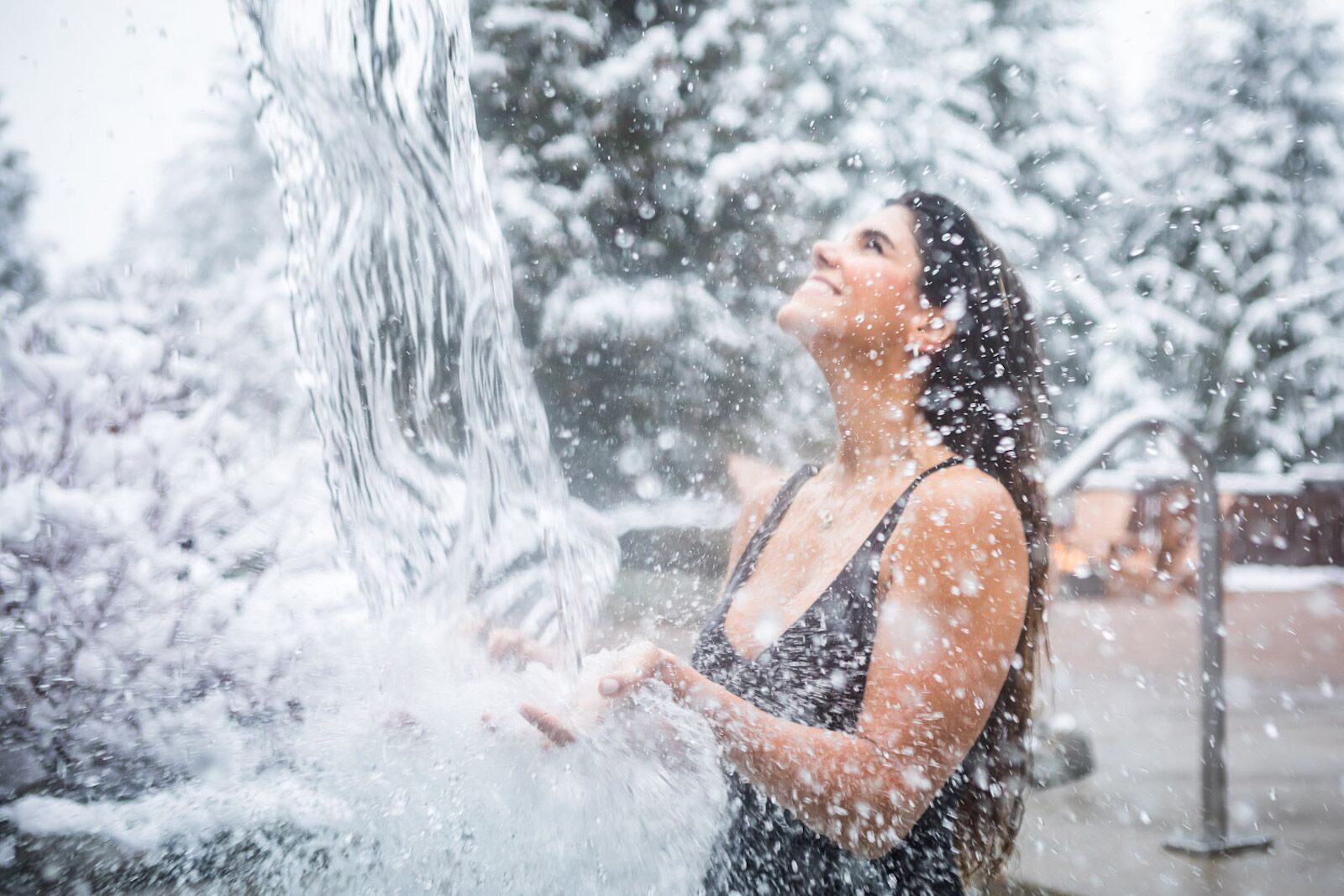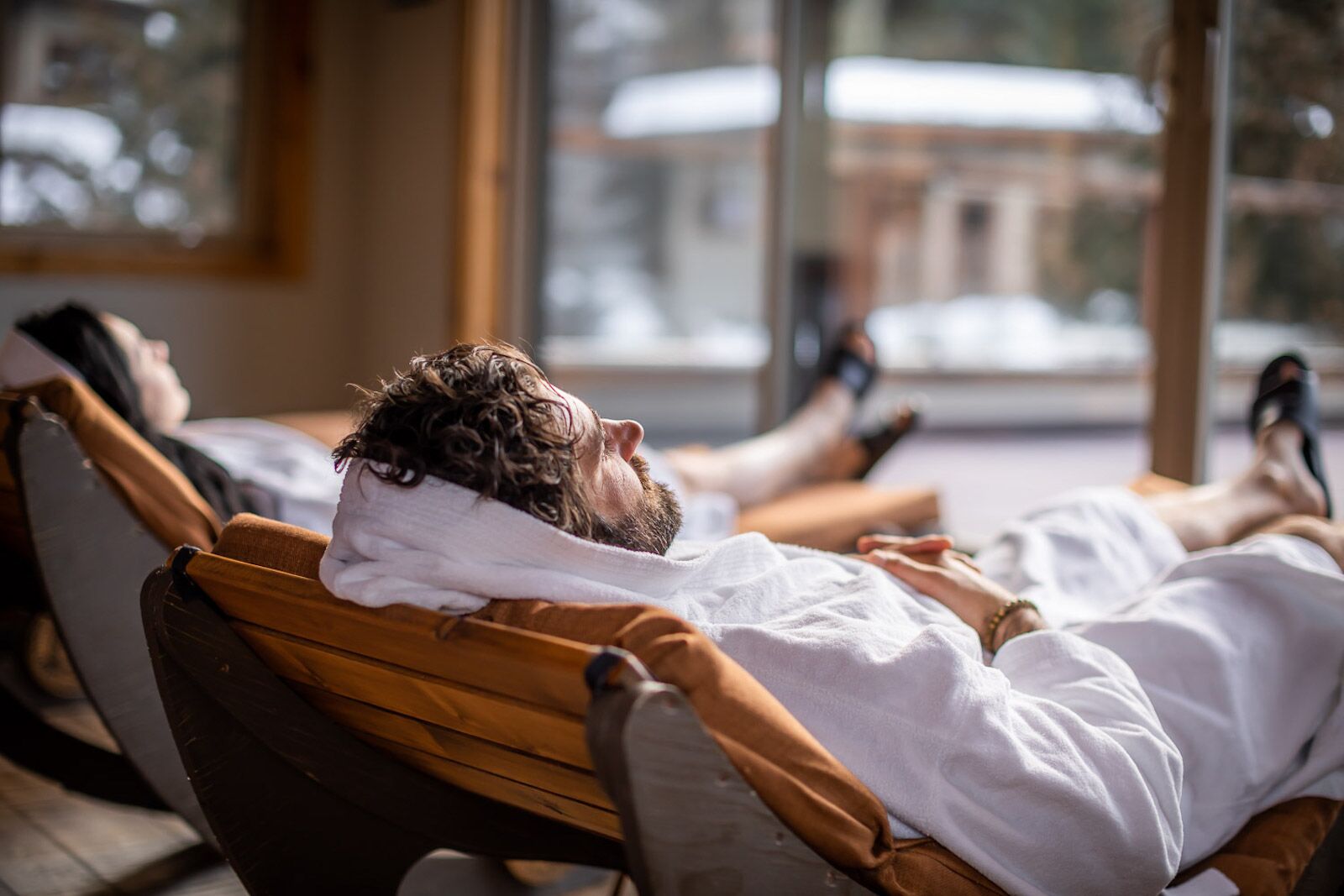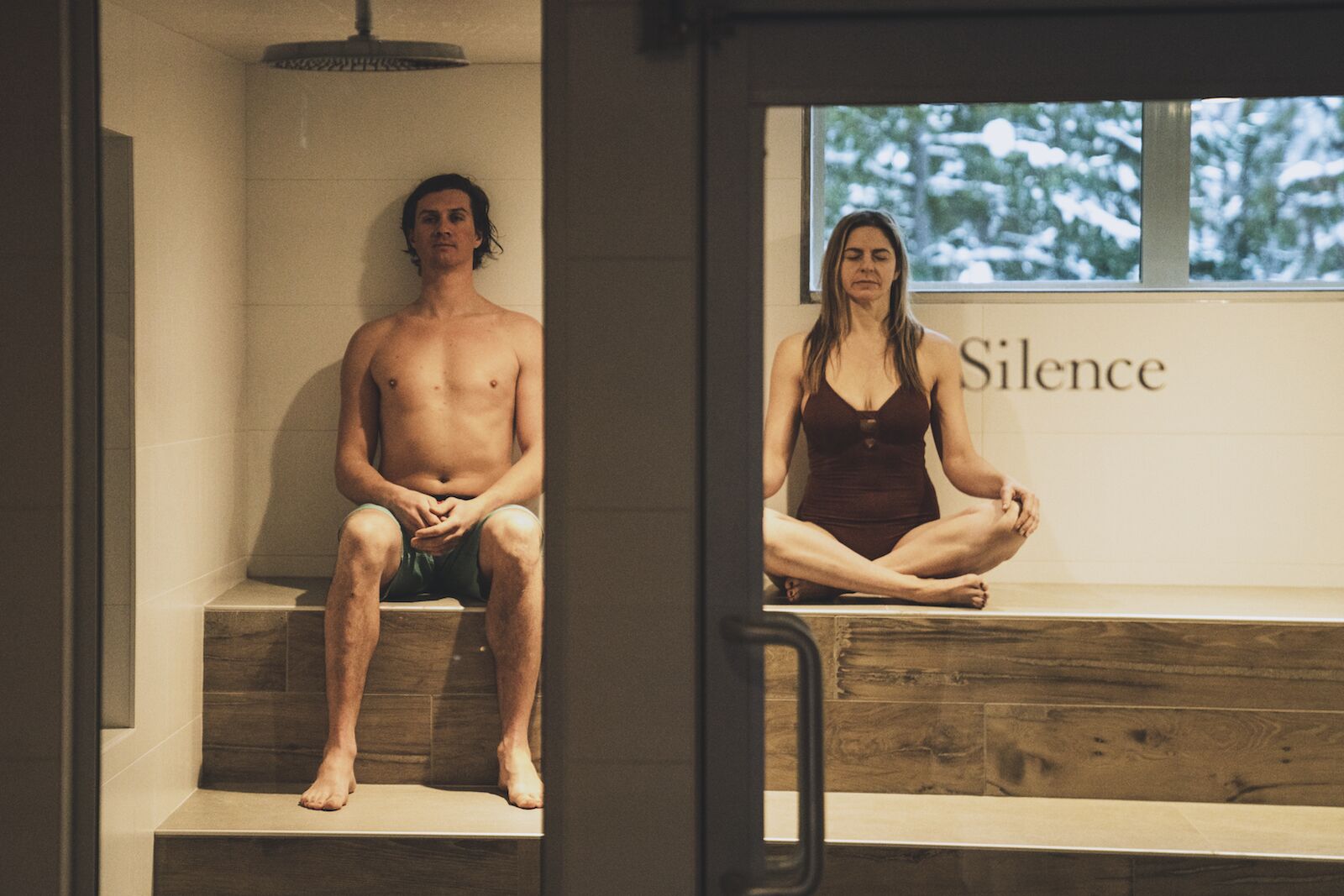If you’ve traveled to Canada, any Scandinavian country, or even a trendy hotel in Alaska, you may have noticed a new trend: Nordic spas. They’re the latest trend in wellness — and in aprés-ski, if you’re in Canada — and are all about easy self-care.
But what the heck are they?
If you take a look at social media images of Nordic spas, you’ll get the sense that they’re just huge hot springs, and that’s not totally wrong. Most Nordic spas are large facilities with outdoor several hot pools, several cold pools, with plenty of spaces to warm up and relax scattered throughout. They’re based on a principle of hot and cold hydrotherapy that dates way back to the Greeks, and likely before that. The idea is that by exposing your body to extremes — extreme heat, followed by extreme cold — you’ll give a mini shock to your system. Depending on who you ask, that experience can release endorphins, help soothe sore muscles, and even make your immune system a bit stronger.







